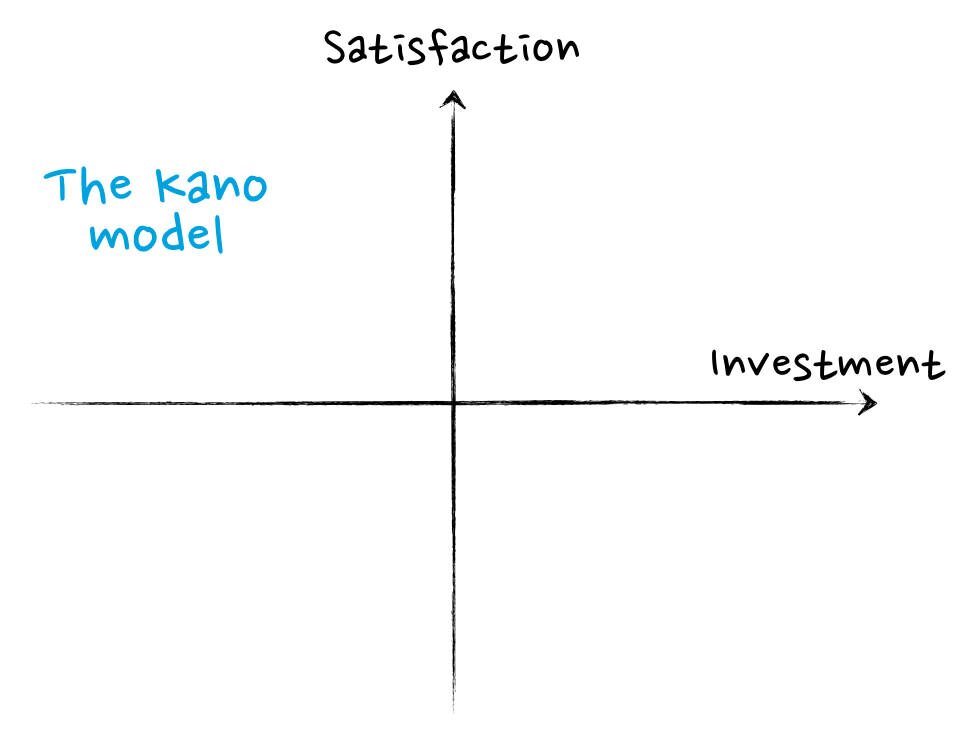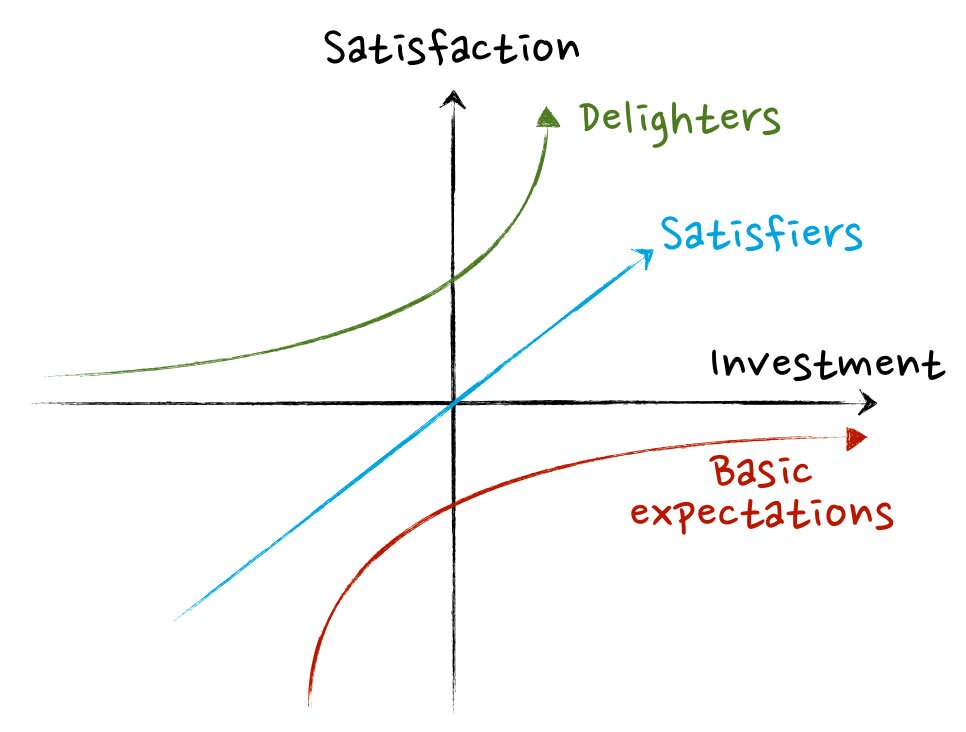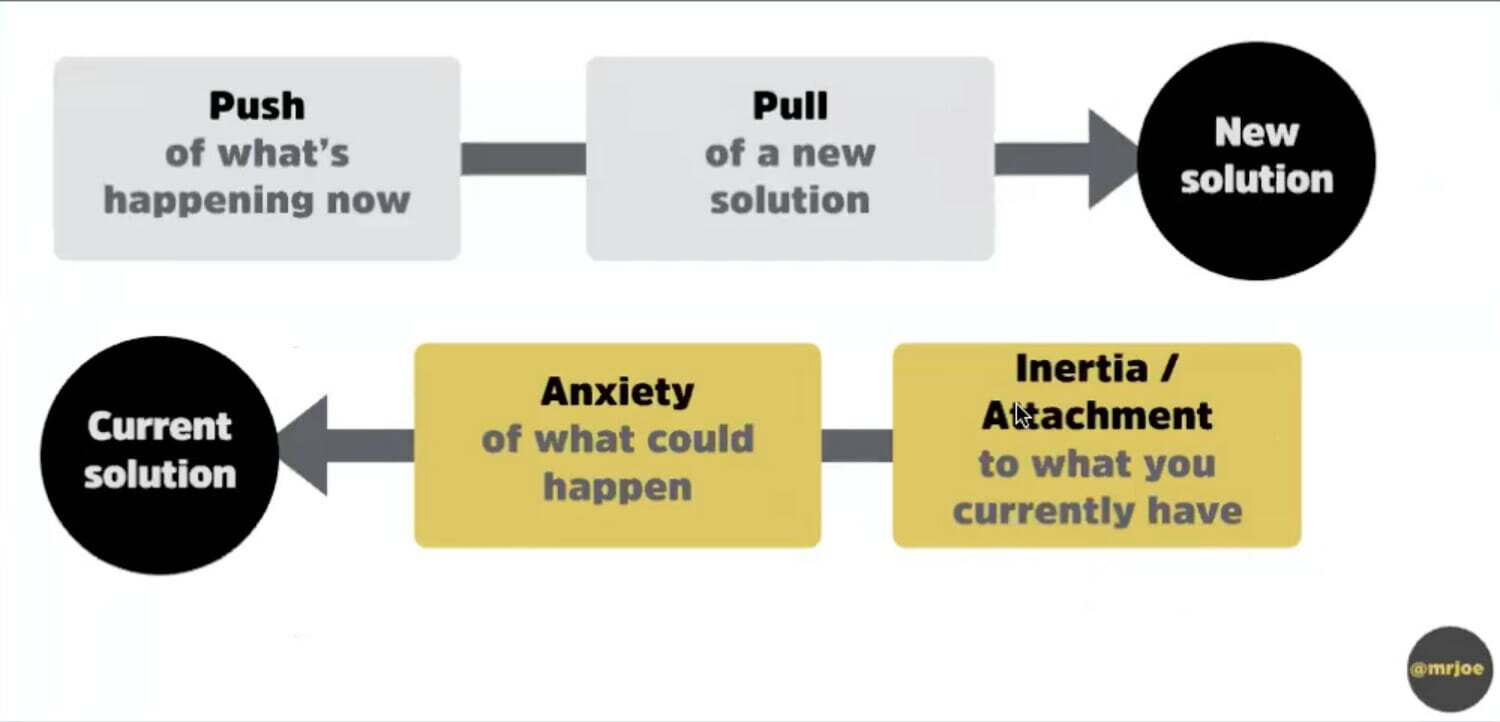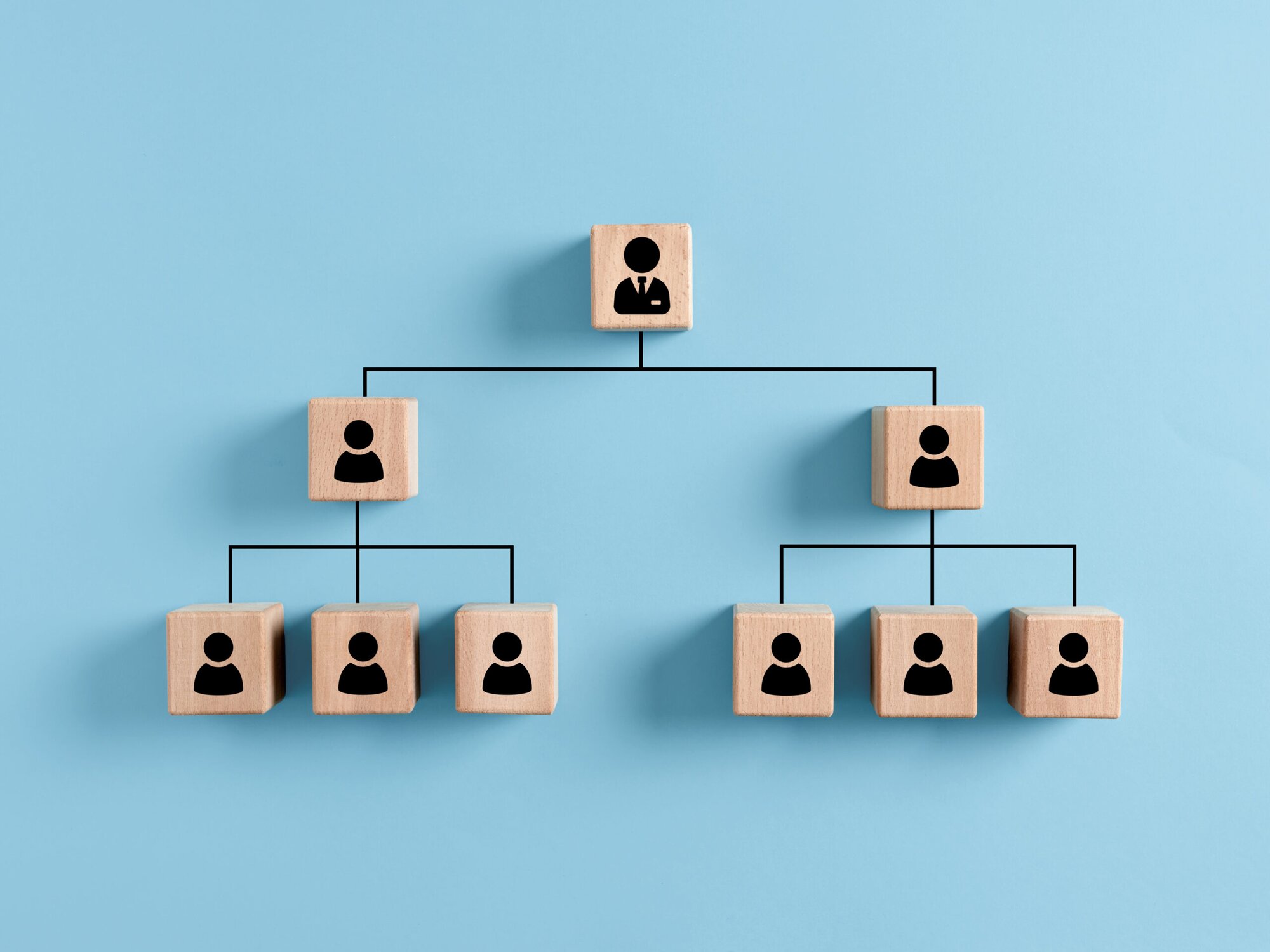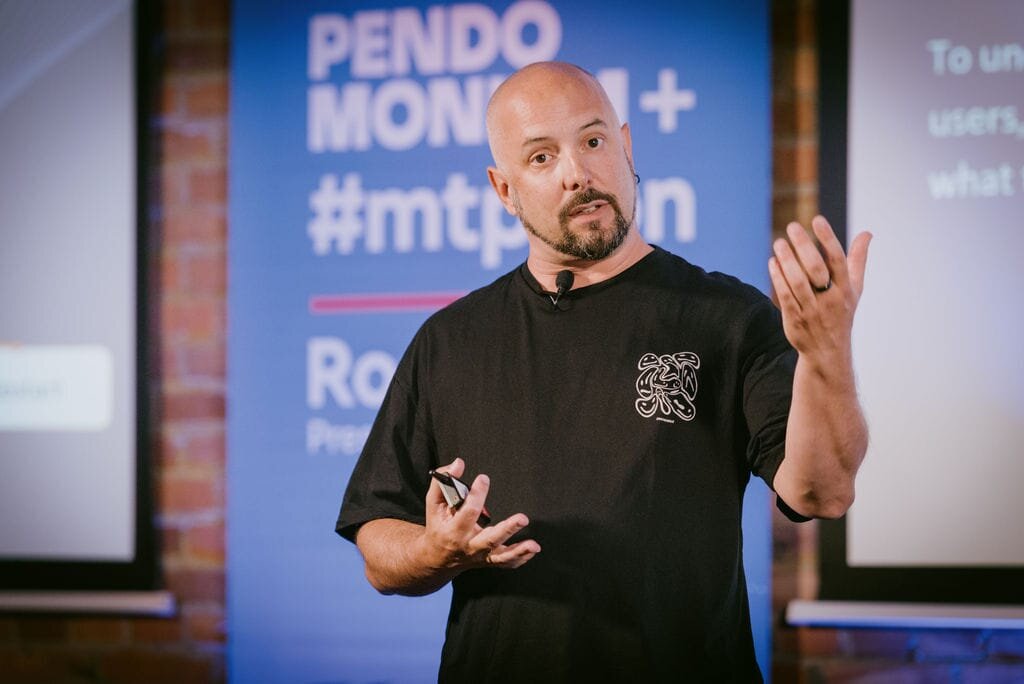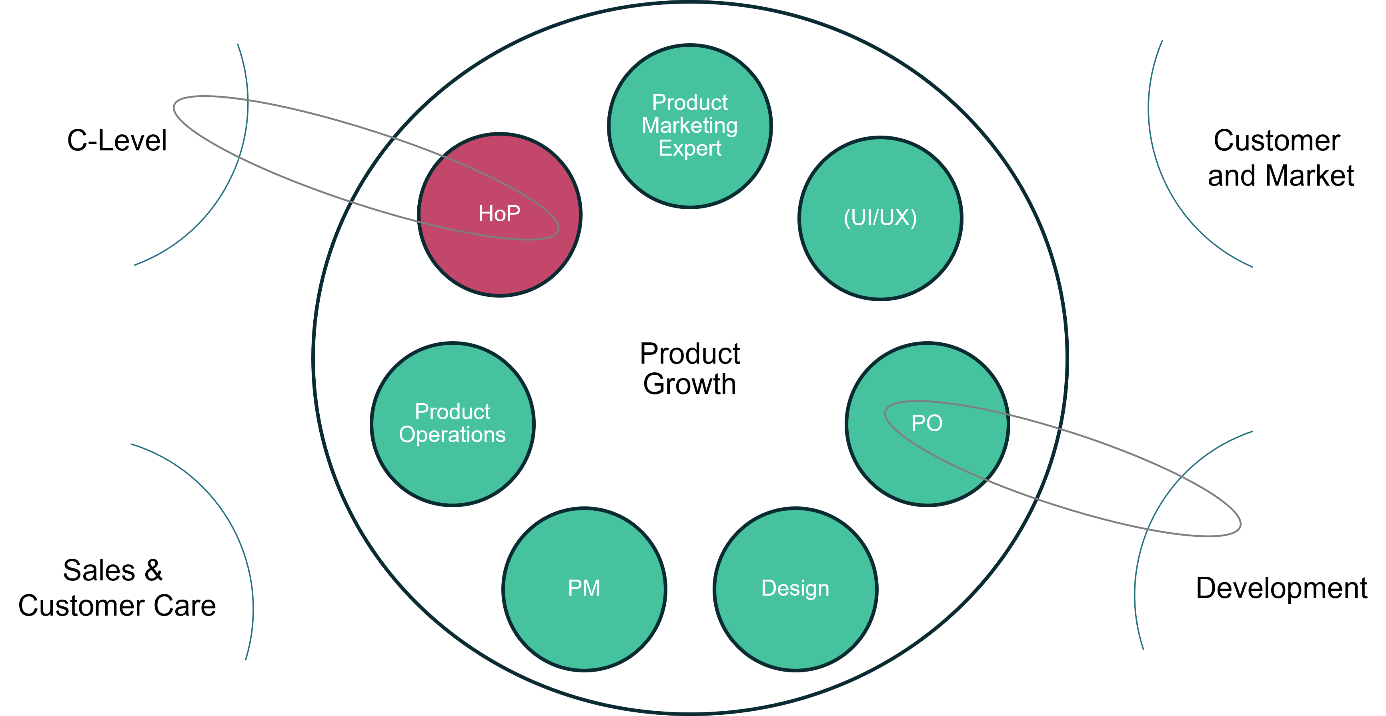I was first introduced to the Kano model in a talk by the brilliant Jared Spool, and it immediately struck a chord with me. Here is a beautifully simple model to distinguish between basic and differentiating features.
The model was developed by Noriaka Kano in the 1970s and 1980s while studying quality control and customer satisfaction. It challenges the conventional belief that improving every aspect of your product or service leads to increased customer satisfaction, asserting that improving certain aspects only serves to maintain basic expectations, whereas improving other aspects can delight customers with less effort.
The Kano model is a simple two-axis grid, comparing product investment with customer satisfaction. The power of the Kano model comes in mapping your different features against this simple grid.
Basic Features
Basic features that a user expects to be there and work will never score highly on satisfaction, but can take inordinate amounts of effort to build and maintain.
A great example Jared used was the hot water in a hotel. Modern hotels spend a fortune ensuring that every room has hot water instantly available, night and day. The boiler in the basement is going all night and day and there are recirculating heat pumps on every floor to circulate water throughout the pipes to keep it hot. Now, no customer is going to rave on Twitter or TripAdvisor about how good the hot water in their hotel was, but if it wasn't there, or it wasn't hot enough, or took too long to get hot, you bet there would be a complaint, and a loud one.
No matter how much effort you put into this feature you will only ever be able to meet basic expectations. Investment in this area is all about downside protection. This doesn't make them any less important, but it becomes crucial to understand at what point you've met the users' expectations and to stop there. Any further development is a wasted effort.
One challenge with basic expectations is that a user will never tell you about them. If you sat someone down and asked them to design their perfect hotel they'd probably talk about comfortable beds, a nice TV, maybe the view, etc. They would never think to mention that they'd expect to be able to have a hot shower at 3am. You have to observe and research to find these basic expectations.
Delightful Features
At the opposite end of the spectrum are features that delight the user. These score very highly on satisfaction and in many cases may not take as much investment. Small incremental improvements here have an outsized impact on customer satisfaction.
Returning to the hotel example, you can see a lot of features that were developed to delight the customer – from the concierge to a complimentary glass of wine on arrival to the Doubletree Hilton chain that has made giving every customer a freshly baked chocolate chip cookie on check-in a central part of their experience. They bake and give out more than 60,000 cookies per day. Checking in can be a delight when you get a freshly baked cookie to go with the paperwork.
The beauty is that these features can deliver so much more user satisfaction per unit of investment than basic features. That cookie probably costs pennies compared to the hundreds of thousands of dollars spent to build and maintain the hot water system in the hotel.
Migration From Delight To Expectation
One of the most challenging aspects of the Kano model is that it predicts that all features will migrate from delightful to basic expectations. Once a user has come to expect that delightful feature – whether because you've had it for a while or because all their other products have it – the feature has become something they expect. The absence of that feature would now be a frustration, and you need to discover new delightful features.
By giving everyone a cookie every time they check in, and making it part of their brand promise and advertising, the cookies stop being special. Pretty soon their guests just expect the cookie and cease to be surprised or delighted by it. Again, they'd probably be pretty cross if they didn't get it though.
Lessons For Product Managers
- Define your users' needs in light of the Kano model. What are the basic expectations that they simply expect to be there and where would the absence of these features lead to frustration?
- Map your products and features against the Kano model. Which features are meeting basic expectations? Only invest in developing or maintaining those to the extent that you need to satisfy the customer. Which features are your delighters? Focus your efforts here and make sure you're constantly developing new ones.
- Monitor your customer satisfaction and competition to ensure that features you think delight users haven't slid into basic expectations and no longer help your customer satisfaction.
- Find and focus on sustainable delighters that truly differentiate your product and continue to deliver customer satisfaction over time.


